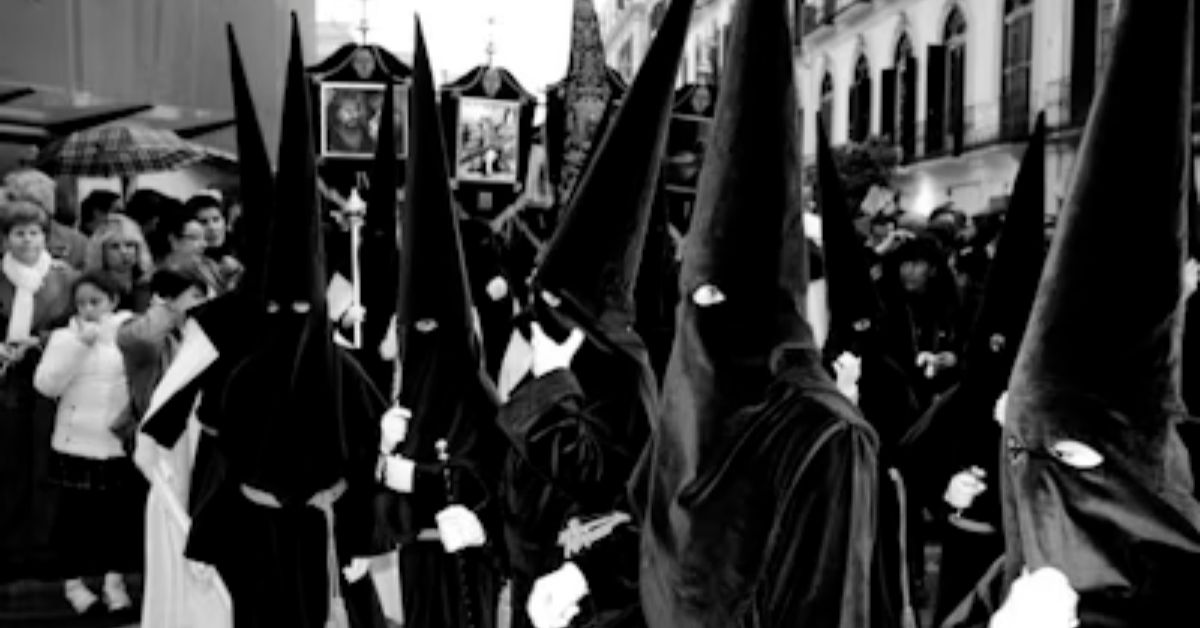The word fascisterne often sparks strong reactions because it is linked to one of the most controversial ideologies of the 20th century. In modern times, the term appears frequently in political debates, historical studies, and cultural discussions. While it is rooted in history, its use today often extends far beyond its original meaning. Understanding fascisterne requires looking at its origins, its impact on societies, and why the term continues to hold power in contemporary discourse.
The Origins of Fascisterne
The term fascisterne comes from “fascism,” an ideology that gained influence in Europe after World War I. It was closely associated with authoritarian regimes such as Benito Mussolini’s Italy and Adolf Hitler’s Germany. Fascisterne, as used in Scandinavian languages, is the plural form referring to those who followed or supported fascism.
Historically, fascisterne were characterized by:
-
Extreme nationalism: Loyalty to the state above all else.
-
Authoritarian leadership: Concentration of power in a single leader.
-
Rejection of democracy: Suppression of free speech, political parties, and opposition.
-
Militarism and violence: Belief in force as a tool for political and cultural dominance.
-
Control of culture and media: Propaganda was used to maintain ideological conformity.
Fascisterne in European History
The rise of fascisterne changed the political landscape of Europe during the early to mid-20th century. Mussolini’s regime in Italy became the first to embrace fascism fully, inspiring other movements across the continent. In Germany, the ideology evolved into Nazism, which was even more extreme and destructive.
These movements not only shaped politics but also caused catastrophic wars and human tragedies. The role of fascisterne during World War II left lasting scars, and the ideology was widely discredited after the Allied victory in 1945.
Post-War Legacy of Fascisterne
After World War II, most European societies sought to distance themselves from fascism. However, fascisterne did not entirely disappear. Small extremist groups attempted to keep the ideology alive, though they remained on the fringes of politics.
The post-war period saw:
-
Denazification in Germany: A systematic effort to eliminate fascist influence.
-
Democratic reforms: Stronger institutions were created to prevent authoritarian rule.
-
Stigma of the label: Being called fascist or part of fascisterne became a powerful insult.
This legacy shaped how the term is used even today.
Fascisterne in Modern Politics
In current times, the word fascisterne is often used beyond its strict historical meaning. Politicians, activists, and commentators may use it to describe authoritarian tendencies, far-right movements, or individuals seen as intolerant.
Modern usage reflects:
-
As a warning: Comparing current political behavior to historical fascism.
-
As a criticism: Labeling opponents as fascisterne to discredit their views.
-
As a historical reminder: Highlighting dangers of nationalism and authoritarianism.
While some argue the term is overused, others believe it remains relevant as a safeguard against repeating past mistakes.
Why Fascisterne Still Matters
The persistence of the term shows how history continues to influence the present. Fascisterne matters today because it:
-
Reminds societies of the dangers of authoritarianism.
-
Helps identify and resist anti-democratic movements.
-
Sparks debate about freedom, tolerance, and political identity.
-
Highlights the importance of learning from history.
In many ways, the presence of the word in public debate shows how collective memory of the past shapes modern culture.
Misuse and Overuse of the Term
One challenge in today’s discussions is that fascisterne is sometimes misused. It is occasionally applied to anyone with strong political views, regardless of whether they align with historical fascism.
This overuse can dilute the term’s meaning. For historical accuracy and constructive debate, it is important to distinguish between:
-
True authoritarian ideologies similar to fascism.
-
Strong political positions that do not reflect fascist roots.
Recognizing this difference ensures that the lessons of history remain sharp and effective.
Cultural Representation of Fascisterne
Beyond politics, fascisterne also appear in literature, films, and art. Many cultural works depict fascist regimes to explore themes of power, freedom, and human resilience. These representations serve as both historical reflection and cautionary tales.
For example:
-
Movies often portray fascist characters as antagonists.
-
Novels use fascist settings to highlight struggles for liberty.
-
Documentaries revisit the role of fascisterne in shaping world events.
These cultural portrayals keep the memory alive and encourage new generations to reflect critically.
Lessons for Today
The history of fascisterne offers lessons that remain highly relevant in 2025.
-
Democracy must be protected: Fascism thrived where democratic systems were weak.
-
Propaganda is powerful: Control of information can shift entire societies.
-
Intolerance leads to conflict: Suppression of diversity and opposition breeds violence.
-
History repeats if forgotten: Awareness is the first step in prevention.
By understanding the past, societies can strengthen their defenses against similar threats in the future.
Conclusion
The word fascisterne carries the weight of history and the lessons of a turbulent century. Once used to describe followers of fascist regimes, it now serves as both a historical reminder and a modern warning. In today’s world, where authoritarian tendencies can still emerge, remembering the legacy of fascisterne is crucial. It reminds us that democracy, freedom, and tolerance are not guaranteed but must be actively defended.
